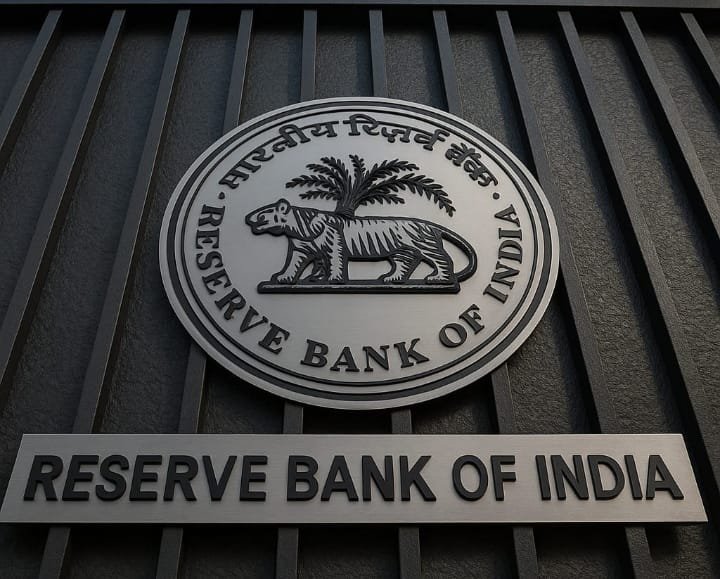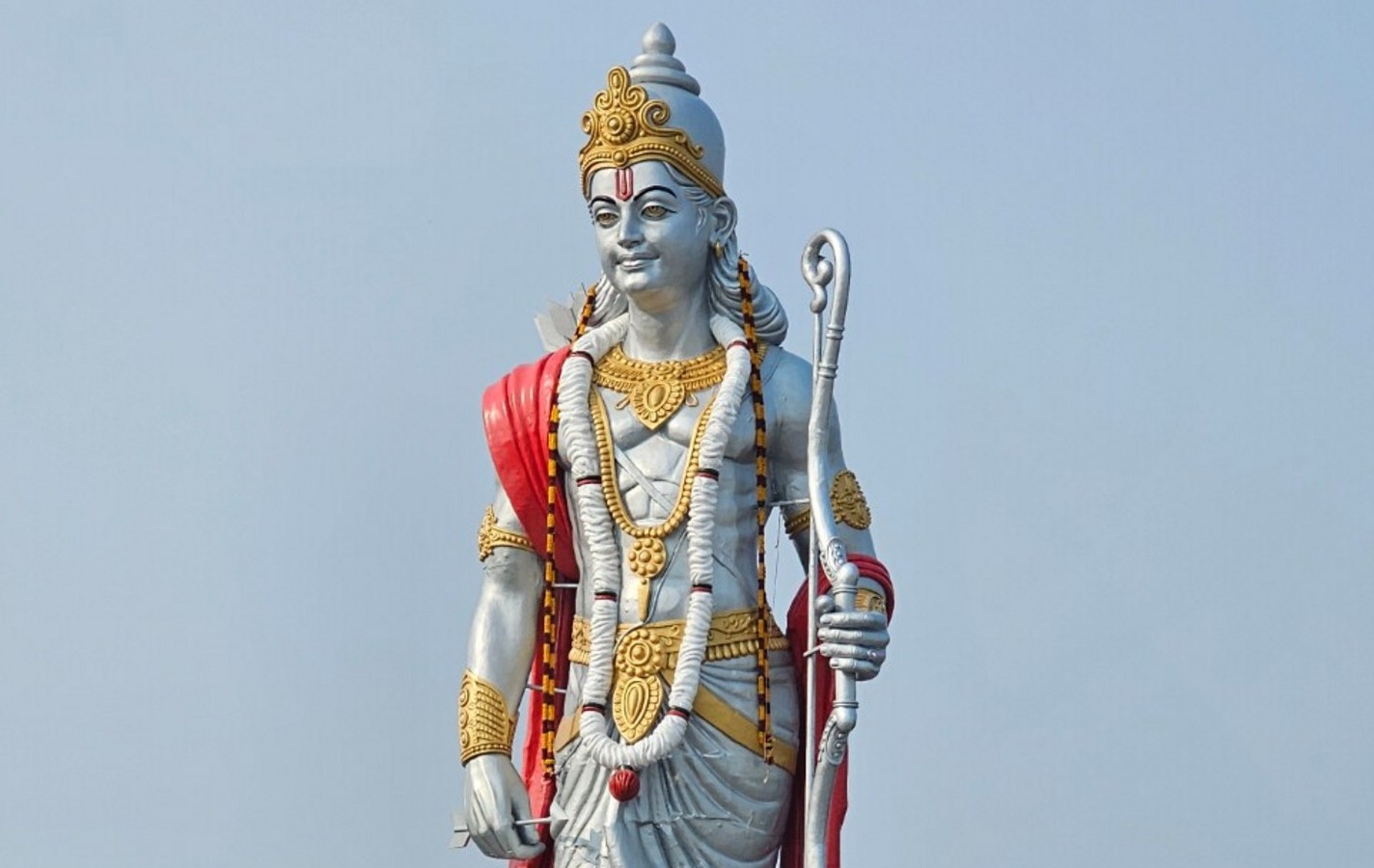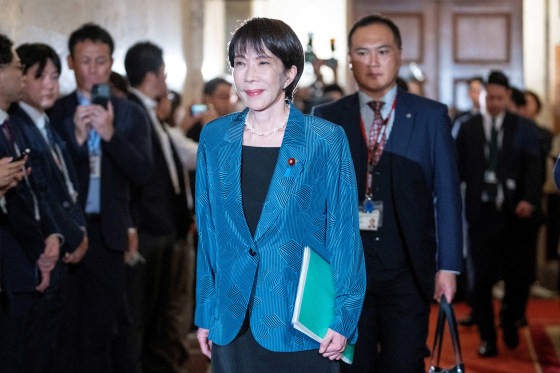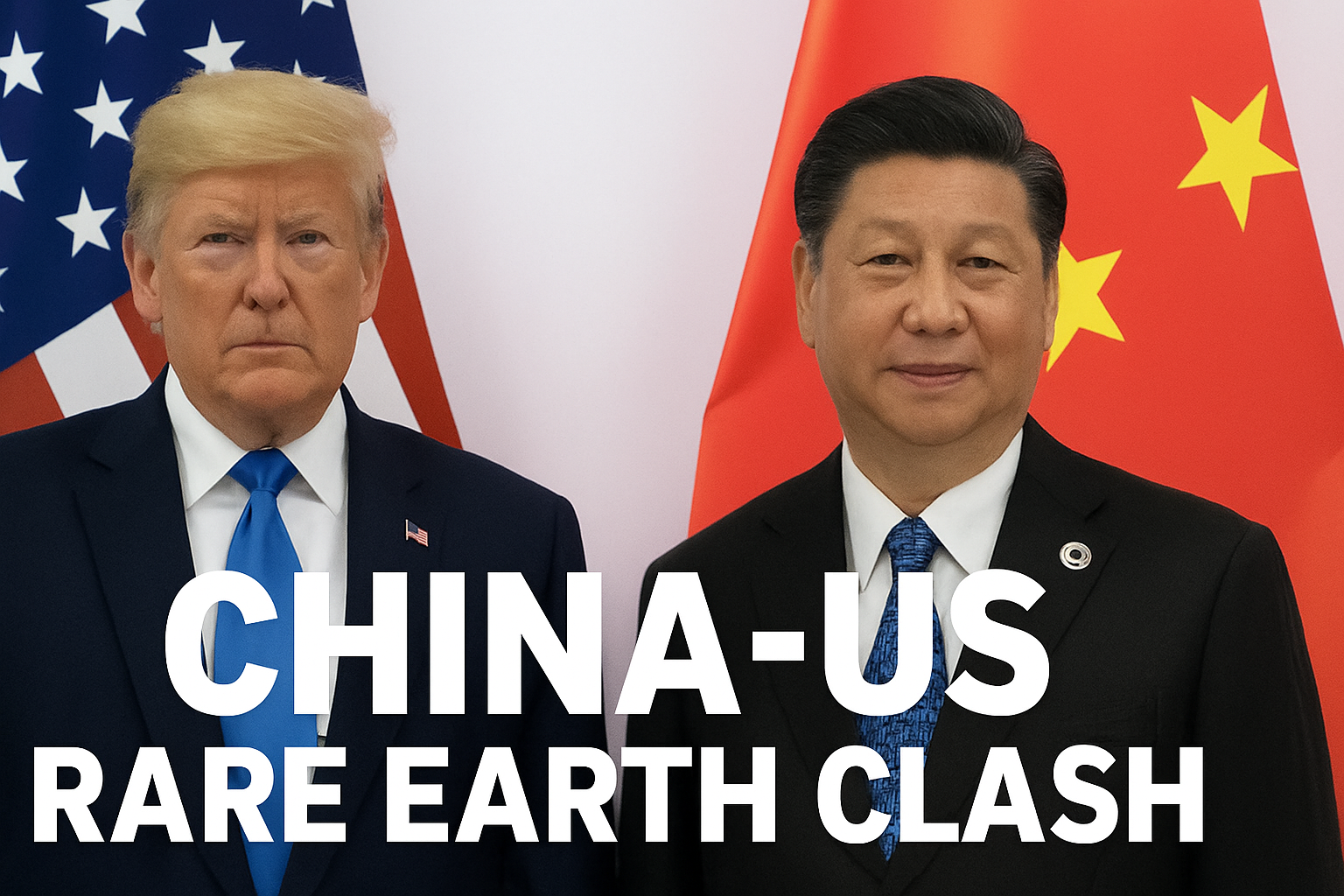
India is considering a new step that could bring its neighbours closer through trade and finance. The Reserve Bank of India (RBI) has proposed allowing Indian banks to lend money in rupees to nearby countries. This idea is currently being reviewed by the Ministry of Finance.
If approved, Indian banks, including their overseas branches, would be able to offer loans in rupees to countries like Bangladesh, Nepal, Bhutan, and Sri Lanka. These nations already trade heavily with India and together account for nearly 90 percent of India’s exports to South Asia. In 2024–25 alone, exports to these four countries were worth around 25 billion dollars.
At present, Indian banks are allowed to lend to foreign borrowers only in foreign currencies like the dollar, and mostly for Indian businesses operating abroad. The new plan would change that, giving neighbouring countries direct access to Indian credit in Indian currency. This could help them deal with shortages of dollars and reduce their reliance on other global financial powers.
While the proposal is still being discussed, it signals a larger effort by India to increase the use of the rupee in international trade. The RBI had earlier taken small steps in this direction, such as allowing rupee accounts for non-residents. This new lending plan appears to be the next step in that journey.
If it goes ahead, the loans would be limited to trade-related uses in the beginning. For example, a Bangladeshi business importing machinery from India could take a loan in rupees to pay the Indian supplier. Over time, this could lead to stronger financial ties between India and its neighbours.
Experts say this move is about more than just money. Lending in rupees means borrowers will take on the risk of changes in the exchange rate. This requires them to trust the stability of the Indian economy and its currency. For smaller countries struggling with dollar shortages or debt problems, rupee loans could offer both relief and a deeper connection with India’s financial system.
This change could also help promote the rupee as a stable currency in the region. While the dollar still dominates global trade, countries are increasingly exploring other options due to rising interest rates and global tensions. India sees this as a chance to offer a reliable alternative, especially in its own neighbourhood.
So far, the RBI and Finance Ministry have not made any public statements. They are likely waiting for final discussions to finish before announcing the decision. But the direction is clear. India wants the rupee to play a bigger role beyond its borders, starting with countries that already depend on it for trade.
If the plan is approved, its success will depend on how willing neighbouring nations are to borrow in rupees and whether they see value in strengthening their financial ties with India. Over time, this could lead to a more connected and stable South Asian economy with India at the centre.



.jpeg)





.jpeg)



.jpeg)



.jpeg)
.jpeg)
.jpeg)

